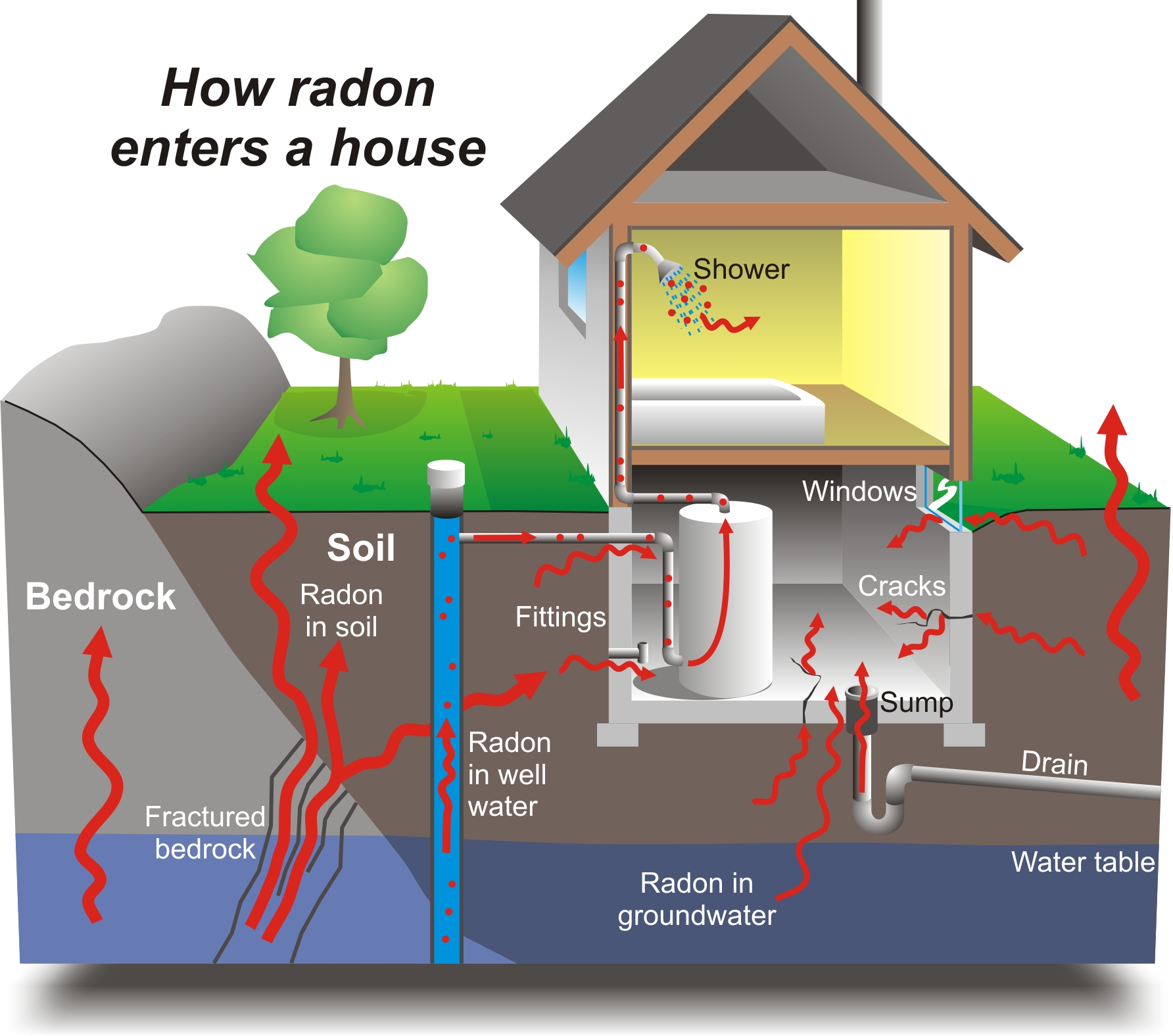Radiation Security
Is radon really bad for you?

Breathing radon over time increases your risk of lung cancer. Radon is the second leading cause of lung cancer in the United States. Nationally, the EPA estimates that about 21,000 people die each year from radon-related lung cancer. Only smoking causes more lung cancer deaths.

Interior radon can be minimized by securing basement structures, water drain, or by sub-slab, or sub-membrane depressurization. In most cases, mitigators can make use of PVC piping and specialized radon suction followers to exhaust sub-slab, or sub-membrane radon and other soil gases to the outside ambience. Most of these solutions for radon mitigation call for maintenance, and also it is important to continually replace any type of followers or filters as required to proceed appropriate functioning. A radon level of 4.0 pCi/L is still a health and wellness threat, which is why it is essential to have specialist radon reduction. Expert reduction can often reduce radon levels to 0.4 pCi/L.
As uranium hidden in globs of soil and pebbles break down with time, radon gas is released as component of the contaminated degeneration. Once it's without the dirt, it has several courses to enter the typical residence via fractures in the structures, voids in very first flooring as well as basement walls, joints around windows, and also various other similar openings.
Is radon mitigation really necessary?
When radon gas enters the body, it exposes the lungs to small amounts of radiation. In small quantities, experts say this is harmless. However, in persistent exposures or larger quantities, radon can damage the cells of the lining of the lungs, increasing a person's chance of developing lung cancer.
It's difficult to reach a no percent risk in areas where radon prevails, but lowering the gas level as long as is viable deserves the effort. https://louishyag099.wordpress.com/2020/08/03/radon-poisoning-2/ Cigarette smoking stays the number one root cause of lung cancer cells in the United States. Nevertheless, radon is generally the second biggest contributor to the illness in any type of given year. When you incorporate a smoking cigarettes practice with a house that has unsafe radon degrees, you can increase your risk for lung cancer cells 9 times over. Understanding simply what is radon testing isn't simply crucial if you're a smoker or there's a cigarette smoker in your house, however it's necessary for everyone.
- Radon gas is a naturally-occurring by-product of the contaminated degeneration of Uranium in the soil.
- Depending upon your geographic location, the radon levels of the air you take a breath outside of your residence might be as high as 0.75 pCi/L.
- The national average of outside radon degrees is 0.4 pCi/L and also it is approximated by the National Academy of Sciences that outside radon levels cause roughly 800 of the 21,000 radon caused lung cancer cells fatalities in the US annually.
- The US EPA has actually placed it plainly, specifying, "Any radon exposure has some danger of triggering lung cancer cells.
In the US, about 14 states have a state radon programs which train as well as permit radon mitigation professionals and also radon measurement specialists. To establish if your state licenses radon professionals contact your state health and wellness division. Without the proper tools or technical expertise, radon degrees can in fact raise or develop other extra costs and prospective dangers. A listing of licensed mitigation service providers is readily available through state radon offices, which are noted on the EPA website at/ radon/whereyoulive. html.
What to Learn about the Threats of Radon Gas in your house
While any kind of level of radon can have an effect, the EPA claims readings listed below 2 pCi/L is taken into consideration normal as well as only brings a fairly small increased threat of lung cancer cells. It's commonly tough however possible to decrease radon gas exposure below these levels. Radon Act 51 passed by Congress established the all-natural outside degree of radon gas (0.4 pCi/L) as the target radon degree for interior radon degrees. The US EPA was charged with setting functional guidelines and recommendations for the country. At or above this level of radon, the EPA suggests you takecorrective measures to decrease your exposure to radon gas.
How long does it take for radon to cause cancer?
Fact: You will reduce your risk of lung cancer when you reduce radon levels, even if you've lived with an elevated radon level for a long time. Keep in mind that radon levels below 4 pCi/L still pose some risk and that radon levels can be reduced to 2 pCi/L or below in most homes.